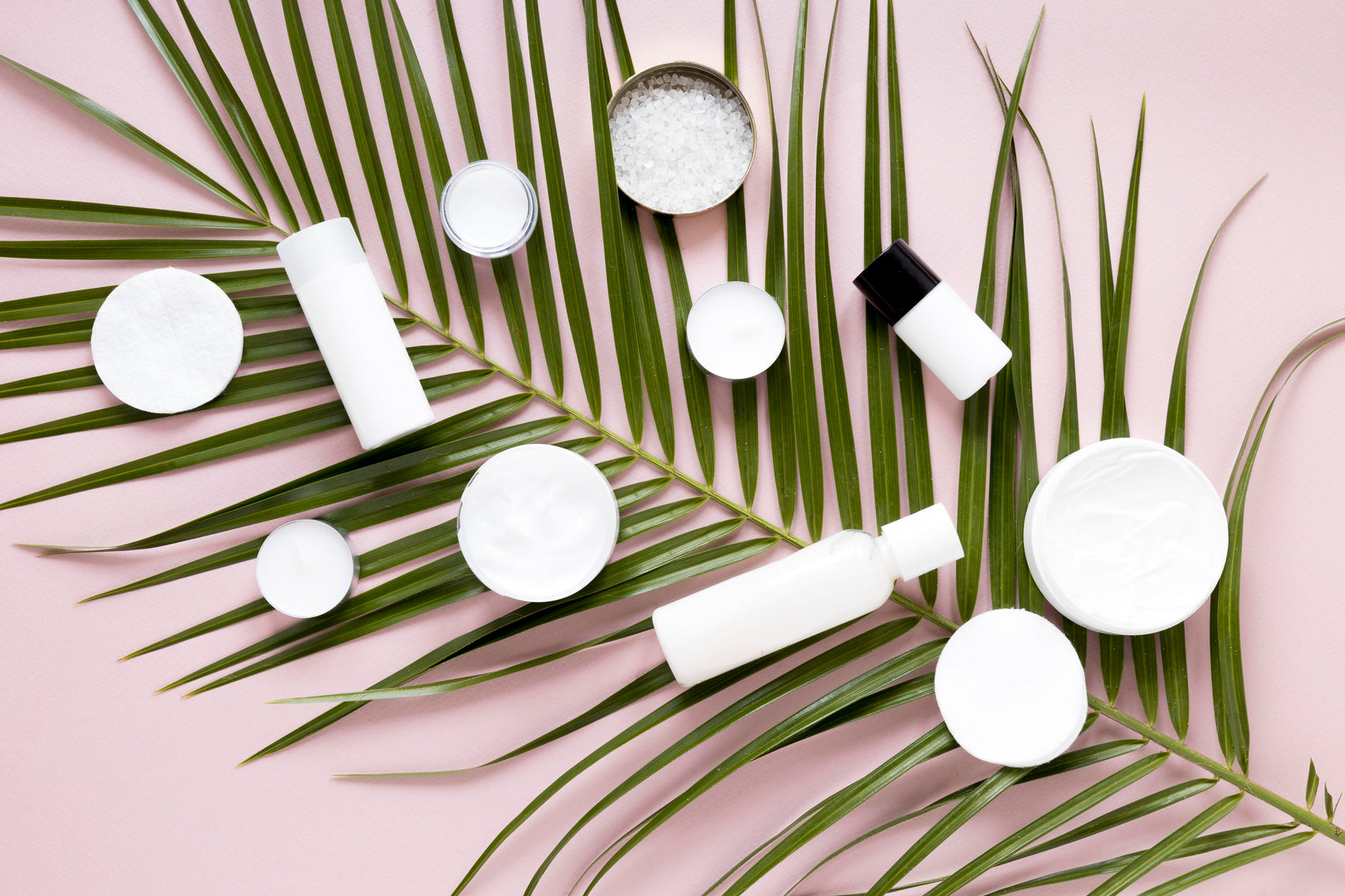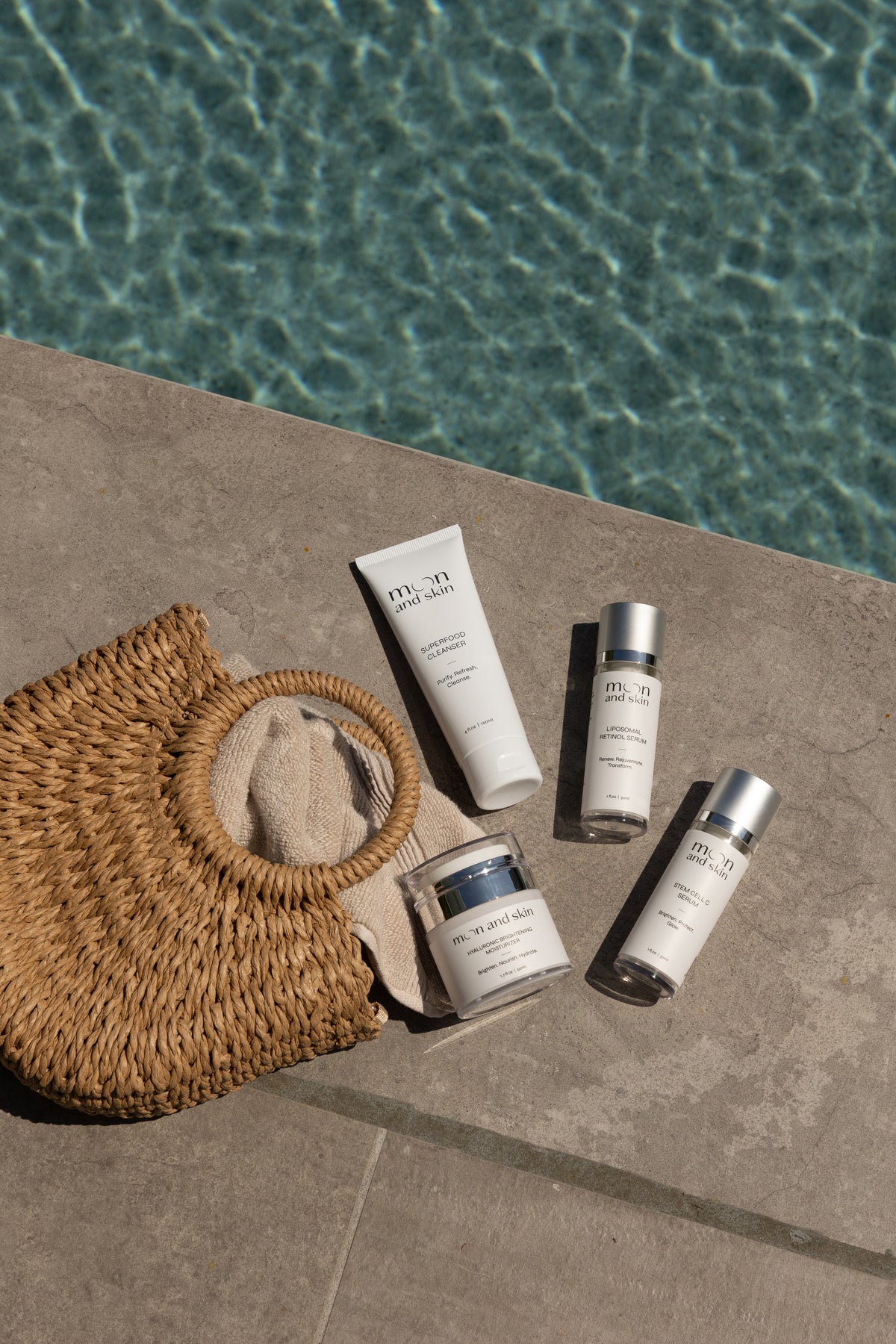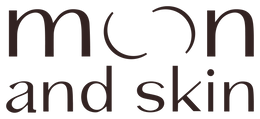Table of Contents
Introduction
Have you recently started using retinol, only to find your skin reacting in ways you didn’t expect? Perhaps you've noticed increased dryness, redness, or even breakouts, leaving you wondering, is retinol making my skin worse? You’re not alone in this experience. Many individuals embarking on their retinol journey encounter similar challenges, leading to confusion and frustration.
Retinol, a derivative of vitamin A, is celebrated in the skincare community for its ability to promote cell turnover and stimulate collagen production. This means it can work wonders in reducing fine lines, improving skin texture, and addressing acne. However, it’s essential to understand that introducing any active ingredient, particularly retinol, into your skincare routine can come with a transitional phase that might temporarily make your skin appear worse before it gets better.
In this blog post, we will dive deep into the science behind retinol, its benefits, and the common concerns associated with its use. We will explore why some people experience adverse reactions upon starting retinol, how to effectively incorporate it into your routine, and what you can do to ensure a smoother transition. By the end of this guide, you will have a comprehensive understanding of retinol and confidence in how to use it correctly for glowing, healthy skin.
Let’s embark on this journey together, unraveling the truths about retinol and empowering you with knowledge to make informed decisions about your skincare routine.
The Science Behind Retinol
What is Retinol?
Retinol is a form of vitamin A and is part of a larger class of compounds known as retinoids. It’s commonly used in over-the-counter skincare products due to its ability to promote cell turnover and enhance collagen production. Retinol works by encouraging the skin to shed its old, dead cells and replace them with fresh, new ones. This process not only helps to diminish the appearance of fine lines and wrinkles but also aids in clearing up acne and improving overall skin texture.
How Does Retinol Work?
When applied topically, retinol penetrates the skin and is converted into retinoic acid, the active form of vitamin A. This conversion stimulates skin cells to regenerate more quickly, leading to improved skin tone and texture. Additionally, retinol can help to unclog pores, reduce oil production, and diminish the visibility of dark spots and hyperpigmentation.
Benefits of Using Retinol
The benefits of incorporating retinol into your skincare regimen are extensive. Here are some key advantages:
-
Reduces Fine Lines and Wrinkles: Regular use of retinol can lead to a significant reduction in the appearance of fine lines and wrinkles, promoting a youthful look.
-
Improves Skin Texture: By accelerating cell turnover, retinol helps to smooth rough patches and enhance overall skin texture.
-
Addresses Acne: Retinol is effective in treating acne by preventing clogged pores and reducing inflammation.
-
Evens Skin Tone: It can help to fade dark spots and hyperpigmentation, leading to a more uniform complexion.
-
Boosts Collagen Production: Retinol stimulates collagen synthesis, which is crucial for maintaining skin's firmness and elasticity.
The Adjustment Phase: Understanding Skin Purging
It’s essential to recognize that while retinol offers numerous benefits, the initial use can lead to what is commonly referred to as “skin purging.” This phase occurs when the increased cell turnover brings underlying congestion to the surface, resulting in temporary breakouts or irritation.
-
What is Skin Purging?
Skin purging refers to the process where existing comedones (clogged pores) are pushed to the surface of the skin due to the accelerated cell turnover caused by retinol. This can lead to small bumps, whiteheads, or even larger breakouts, which can be alarming for new users. -
How Long Does It Last?
Typically, skin purging lasts anywhere from two to four weeks. During this time, it’s crucial to remain patient and allow your skin time to adjust to the new ingredient. -
Differentiating Between Purging and Breakouts:
It's important to distinguish between purging and regular acne breakouts. Purging usually resolves itself as your skin adjusts, while regular breakouts may be triggered by other factors like hormonal changes, diet, or stress.
By understanding skin purging, you can approach your new retinol regimen with patience and realistic expectations.
How to Safely Incorporate Retinol into Your Routine
Start Slow
When introducing retinol to your skincare routine, it’s wise to start slowly. This approach allows your skin to build tolerance gradually, reducing the risk of severe irritation. Here’s how to effectively incorporate retinol:
-
Frequency: Begin with applying retinol once or twice a week. As your skin becomes accustomed to it, gradually increase the frequency to every other night or nightly, depending on your skin's tolerance.
-
Application: A pea-sized amount is sufficient for the entire face. Apply it after cleansing, before moisturizing, to ensure optimal absorption.
Combine with Hydration
One of the best strategies to combat potential dryness and irritation from retinol is to layer it with a hydrating moisturizer. Our Celestial™ Moisturizer is an excellent choice, designed to hydrate, soothe, and strengthen your skin’s barrier. By maintaining hydration, you can minimize the sensitivity often associated with retinol.
Use Sunscreen
Retinol can increase your skin’s sensitivity to the sun, making daily sunscreen application essential. We recommend using a broad-spectrum SPF 30 or higher during the day to protect your skin from UV damage. This is a crucial step in any skincare routine, but especially when using retinol.
Monitor Your Skin
As you incorporate retinol, keep a close eye on your skin's response. If you experience excessive irritation, redness, or peeling, it may be necessary to reduce application frequency or take a break for a few days to allow your skin to recover.
Pair with Gentle Ingredients
When using retinol, it’s best to avoid layering with other potent actives like AHAs or BHAs initially. These combinations can exacerbate irritation. Instead, focus on gentle, soothing ingredients such as niacinamide, which can help calm the skin and enhance the effectiveness of retinol without overwhelming it.
Common Concerns About Retinol
Is Retinol Suitable for Everyone?
While retinol is a versatile ingredient that can benefit most skin types, it may not be suitable for everyone. Individuals with extremely sensitive skin, severe rosacea, or certain skin conditions may need to consult with a dermatologist before using retinol. For those with sensitive skin, starting with a lower concentration of retinol, like our Eclipse™ Retinol Serum, can be a great way to ease into its use without overwhelming the skin.
What If My Skin Reacts Poorly?
If your skin reacts negatively after starting retinol—such as experiencing persistent redness, severe irritation, or peeling—it’s crucial to listen to your skin. Consider reducing the frequency of application or taking a break to allow your skin to recover. If the issues persist, consult a dermatologist for tailored advice.
How Long Until I See Results?
Patience is key when using retinol. While some may notice improvements in skin texture and tone within a few weeks, significant changes typically manifest after three to six months of consistent use. The long-term benefits of retinol are well worth the wait, as it works to promote healthier, more radiant skin over time.
Conclusion
Navigating the world of retinol can be daunting, especially with all the mixed messages and myths circulating about its effects. However, by understanding the science behind retinol, recognizing the adjustment phase, and following best practices for incorporation, you can harness its powerful benefits while minimizing potential drawbacks.
At Moon and Skin, we believe in providing clean, thoughtful skincare tailored to every phase of life. Our mission is to empower you with the knowledge and products necessary to take charge of your skincare journey. Remember, patience and consistency are paramount. Embrace the process, and soon you will be rewarded with the beautiful, radiant skin you desire.
FAQs
1. Can I use retinol with other active ingredients?
Yes, but it's best to avoid using retinol in combination with other strong actives like AHAs or BHAs at first. Once your skin has adjusted, you can experiment with incorporating them on alternate nights.
2. How much retinol should I use?
A pea-sized amount is sufficient for your entire face. Applying more does not enhance its effectiveness and can lead to increased irritation.
3. Can I use retinol during pregnancy?
It is generally advised to avoid retinol during pregnancy. Consult with your healthcare provider for safe skincare alternatives.
4. What should I do if my skin is peeling from retinol?
If your skin is excessively peeling, consider reducing application frequency and ensure you are moisturizing adequately to restore hydration.
5. How do I know if my skin is purging or breaking out?
Skin purging usually resolves within a few weeks and is often characterized by smaller, superficial breakouts. In contrast, regular acne breakouts may be larger and more inflamed.







